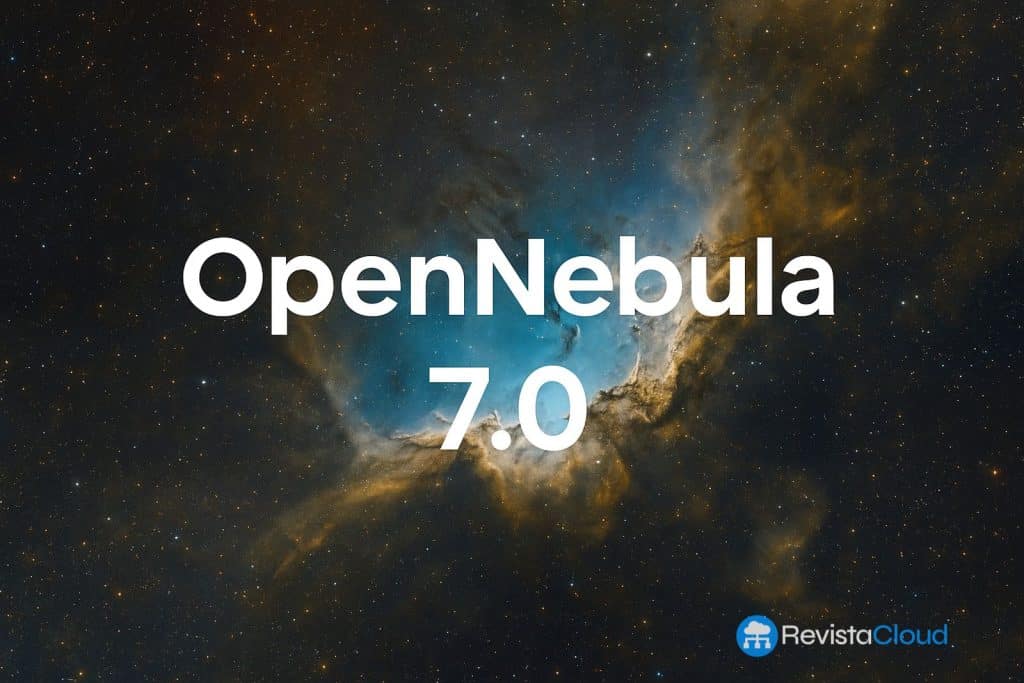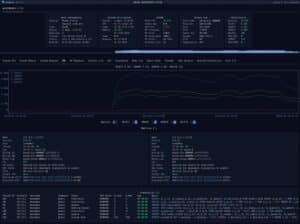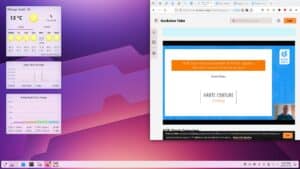The new version marks a technological leap toward autonomous, distributed computing focused on AI, edge, and hybrid environments
OpenNebula has officially released the public beta of OpenNebula 7.0 “Phoenix”, a preliminary edition of what will become the next major release of its cloud and virtualization platform. This beta represents a significant opportunity for system administrators, DevOps engineers, and infrastructure managers to test next-generation capabilities centered around artificial intelligence, VMware revirtualization, and hybrid-edge operations.
Although not intended for production use and incompatible with upgrades from or to stable versions, the beta lays the groundwork for a resilient and modern architecture, designed to tackle key challenges such as the end of traditional VMware support, increased demand for AI compute acceleration, and the rapid growth of edge deployments.
Revirtualizing VMware: Beyond Simple Migration
A major highlight of OpenNebula 7.0 “Phoenix” is its powerful toolset for organizations looking to transition away from VMware. It features native support for OVA files, backend improvements for LVM with snapshot and full backup support, and integration with Veeam for seamless backup and restore operations directly from the Veeam console.
An intelligent resource scheduling engine (Intelligent DRS) is also introduced, offering policy-driven workload placement and predictive analytics—positioning itself as a direct alternative to VMware’s DRS.
Sovereign AI and Accelerator-Ready Workloads
OpenNebula 7.0 represents a significant milestone in integrating AI into sovereign cloud environments. It includes support for vGPU devices with NVIDIA profiles, granular PCI passthrough control, and compatibility with popular frameworks like Ray and Dynamo. These features enable deployment of inference appliances with Hugging Face, vLLM, quantized model execution, and multi-GPU scaling.
This architecture empowers administrators to efficiently manage resources and deliver high-performance environments tailored to AI-heavy workloads.
Towards a Distributed, Hybrid Cloud
Phoenix reinforces OpenNebula’s commitment to hybrid and edge cloud deployments, with expanded support for ARM architectures and multicloud cluster provisioning automation. This makes it easier to manage distributed workloads and connect public, private, and edge environments via a single interoperable control panel.
A Renewed Sunstone Interface and Improved User Experience
User experience gets a major upgrade in Phoenix with a refreshed Sunstone interface. The new design improves accessibility, introduces a dashboard-style view for end users, adds support for dynamic tabs, and features a more reliable VNC console. Template profiles and better input management during appliance imports also simplify routine deployment and configuration tasks.
Networking, Storage, and Advanced Operations
Phoenix adds transparent proxy support, VLAN filtering for Linux bridge drivers, and significant improvements in snapshot and backup handling for Ceph, NetApp iSCSI, and LVM datastores. Integration with tools like Guacamole for VDI and Rancher (via CAPI) further simplifies Kubernetes cluster provisioning directly from the OpenNebula dashboard.
What’s Next
OpenNebula 7.0 “Phoenix” Beta has been developed as part of strategic initiatives like ONEnextgen and ONEedge5G, backed by Spain’s Ministry for Digital Transformation and the EU’s NextGenerationEU funds.
The final release is expected in the coming months following community feedback and bug fixes. In the meantime, this beta offers a glimpse into the future of modern cloud computing—where AI, digital sovereignty, and seamless edge-to-core deployment converge.
Several leading European cloud providers are already testing OpenNebula 7.0 Beta in real-world environments. Among them is Stackscale (Grupo Aire), a Spain-based infrastructure provider specializing in enterprise-grade private cloud solutions. Stackscale will begin actively evaluating Phoenix for AI-centric workloads and sovereign hybrid cloud deployments, showcasing the platform’s growing relevance in the European cloud ecosystem.












